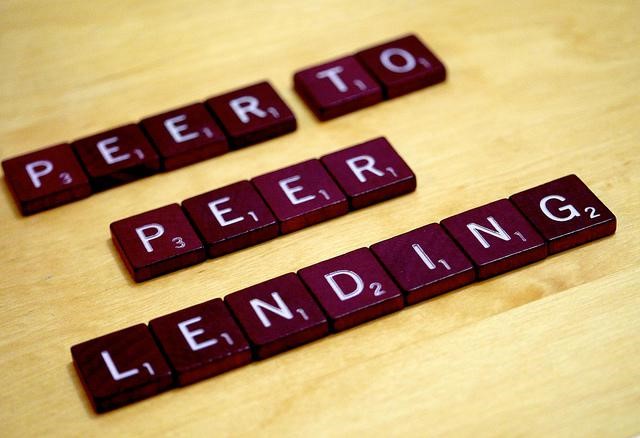The storm clouds are gathering for the P2P sector – they have been for about a year now, ever since a few prominent platforms (e.g. Lending Club and Funding Knight) started to get into trouble and the mainline media’s enthusiasm for all things ‘Alternative Finance’ suddenly took a 180 degree about-turn.
We are still enjoying low interest rates, which means that there is currently no shortage of lender appetite, but bank statistics show that SMEs are trying very hard to live within their means and not to borrow. The uncertainty created by Brexit and Trump is not a myth, but a fact.
Despite it all, the giants of the business, Zopa and Funding Circle, have managed to achieve some serious momentum – the former having recently passed the £2bn lending landmark, the latter not too far behind. But both have been losing money and so, it seems reasonable to assume, have most of their smaller rivals. In the meantime, the FCA is sitting on dozens of applications for full authorisation and, accompanied by dark warnings of foreboding from politicians and even the Governor of the Bank of England, it seems that the regulator’s new book of rules (due this summer) will usher in far tougher controls. Many platforms may not be able to survive, while others may simply draw stumps and leave the field.
Is this the beginning of the end for P2P? I think not, but it would be naïve to ignore the warning signs that maybe the honeymoon is over. Far more likely is that we are about to enter a period of consolidation, when the well-conceived, better-financed platforms are either picked off or merge in order to achieve scale and make some cost savings.
In the event of an outright take-over, it would be interesting to see the terms; what realistic value can be placed on a loss-making business operating in a relatively young industry? It might take an entity with very deep pockets and patient shareholders to take such a bold step – a bank, maybe?
The reality is that, if a handful of small platforms got together to form one platform operating under one brand name, the result would probably not amount to a row of beans in a financial sector dominated by giants. But if two of the biggest got together – those writing new loans at a rate of up to, say, £1bn each per annum – then that would be worth doing, particularly if you could halve the marketing costs. The result could be a very profitable company. Would that be allowed under the Monopoly rules? I suspect that someone will have to try it first to find out.
In the meantime, inadvertently or not, the Government is adding to the attractions of the P2P sector by cutting the interest rates available on National Savings & Investments (NS&I) accounts by up to 0.25%. The number of monthly Premium Bond prizewinners is also to be reduced to create the same effect.
In May this year, the return on the NS&I Direct ISA will reduce from 1% to 0.75%. The return on its Direct Saver Account will be adjusted down to 0.7%. As one national newspaper pointed out, that is less than half the expected rate of inflation.
Many private sector products from the banks have been adjusted in line with the NS&I. The average easy access savings and ISA accounts reportedly pay 0.37% and 0.65% respectively. That is one hell of a price to pay for guaranteed returns and the security provided by the FSCS. All of which explains why an increasing number of consumers are prepared to accept an element of risk in return for a yield on 6% on P2P loans. It will be interesting to learn what, if anything, Chancellor Philip Hammond is prepared to do in his Budget early next month to help honest savers.


